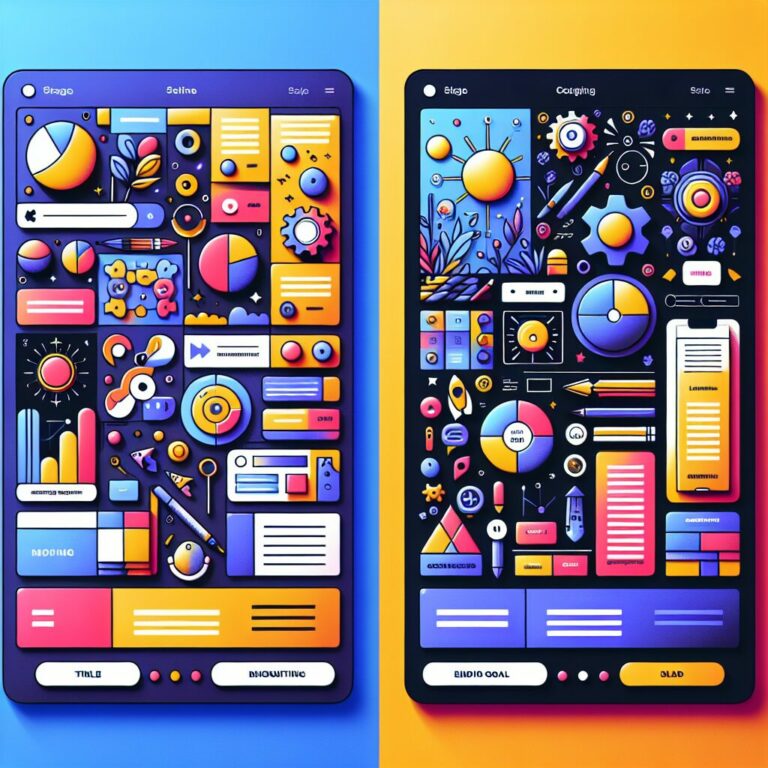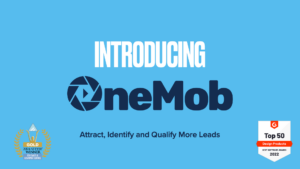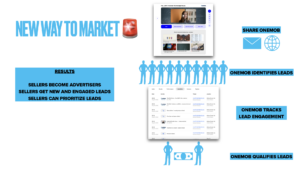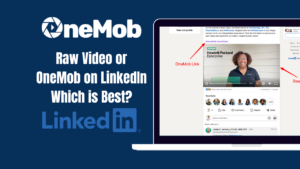Let’s dive into the world of microsites. A microsite is essentially a separate web entity with specific functionalities designed around a particular objective, often promotion or brand awareness. Unlike a subdomain or individual page of a larger site, a microsite has its own URL and stands independently from the parent website.
Characteristics of Microsites
- Focus: A microsite concentrates on a single product, service, or campaign. This focus allows the microsite to stay clutter-free, enhancing the user experience.
- Branding: Microsites allow for unique branding opportunities apart from the parent website. They can be designed with distinct aesthetics that echo the vision of the product or campaign it is designed to promote.
- Content: The content on a microsite is also centred around the particular product or campaign, providing all necessary information in one easy-to-navigate space.
Benefits and Limitations of Using Microsites
| Benefits | Limitations |
|---|---|
| Enhanced focus on product or campaign | High initial effort in design and implementation |
| Distinct branding opportunities | Potential dilution of the main brand image |
| Cohesive user experience | Requires regular updates to remain relevant |
It’s clear that the pros and cons of creating a microsite balance each other out. To decide whether a microsite is right for your campaign, evaluate your objectives, resources, and timeline.
Successful Examples of Microsites
Here are some successful real-world examples of companies using microsites:
- Spotify Wrapped: A yearly tradition, Spotify’s Wrapped campaign is a perfect example of a successful microsite. It delivers personalized, visually-appealing summaries of a user’s listening habits over the past year. Wrapped is even trended on social media when it’s released, proving its impact.
- Nike React: Nike introduced its React technology via a microsite that incorporated virtual reality, an immersive way to showcase the technology’s benefits while remaining focused and engaging.
Both these examples highlight how microsites can amplify a campaign’s reach and engagement by providing unique, focused user experiences.
Following the exploration of microsites, let’s shift our focus to another commonly used tool in digital marketing – landing pages. Fundamentally different from a microsite, a landing page serves a singular purpose and doesn’t involve complex design templates. It’s simple, straightforward, yet powerfully effective in its way.
Defining a Landing Page
A landing page, distinct from the main website, is a standalone web page with the explicit aim of driving targeted online traffic to perform a specific action, such as downloading a whitepaper or signing up for a newsletter. Essentially, it serve as a conversion funnel, transforming your website visitors into leads or customers.
Key Features of Landing Pages
Landing pages, though simplistic, are characterized by several notable features.:
- Single goal or call-to-action (CTA) – Every landing page aims to prompt visitors to complete a single action.
- Minimalist design – Unlike microsites, landing pages embrace a less is more principle, by representing information clearly and concisely.
- No Navigation – They don’t link back to the main website, as the main objective is to maintain the visitor’s focus on completing the action.
Pros and Cons of Landing Pages
As with any tool, landing pages come with their own set of pros and cons:
| Pros | Cons |
|---|---|
| Allows for hyper-targeted marketing | Less interactive compared to microsites |
| Compact and uncluttered design | May not convey brand personality in depth |
| Effective for lead generation | Doesn’t encourage exploration |
Real-life Instances of Potent Landing Pages
There is a vast array of successful landing page examples, from simple e-commerce pages to sign-up forms for webinars. A potent example would be Spotify’s student discount landing page, which combines an attractive design with a compelling call-to-action, luring students at lower prices to premium service. Similarly, Paypal’s landing page communicates its message explicitly: Faster. Safer. Easily. This page is able to successfully draw the user into signing up by providing them with a clear path and compelling reasons to do so.
The beauty of landing pages is their adaptability to different contexts, serving different conversion goals. Being more streamlined and specific compared to Microsites, they have their own place and importance in digital marketing strategies.
Microsite vs Landing Page: A Comparative Analysis
In the modern landscape of digital marketing, both microsites and landing pages have pivotal roles. While both share common goals – engaging audiences, generating leads and conversions – their methodologies differ starkly. Understanding these distinctions is key to choosing the appropriate tool for your marketing objectives.
Differences between Microsites and Landing Pages
A landing page is usually a standalone webpage, primarily designed to convert visitors into leads by focusing on a single call to action (CTA). Conversely, a microsite, like the ones you can create using OneMob, are miniature websites with multiple pages dedicated to a specific product, campaign, or topic. Microsites afford openness to creativity and complex narratives, which may otherwise be challenging to unfold on a single landing page.
Situations Where a Microsite is Preferable
Favouring a microsite becomes a natural choice when you have a much broader content narrative or a multilayered campaign pitching to your audience. Its multi-paged structure allows for storytelling, varied CTAs, and opens up opportunities for deeper visitor engagement. For instance, if you’re launching a new product line or initiating a comprehensive marketing campaign, it may demand more space than a landing page can offer, thus, making a microsite preferable.
Circumstances Where a Landing Page Would Be the Better Choice
Landing pages shine in their simplicity and directness. When you need to concentrate on a single product, service, or offer, landing pages are your trusty tool. The focused nature of a landing page aims to eliminate distractions and direct the visitors straight to the desired action – such as registering for a webinar, signing up for a free trial, or purchasing an item on discount.
Drawing the Line: Understanding Which Suits Your Marketing Objectives
Choosing between a microsite and a landing page should be governed by your marketing objectives and the depth of content. Landing pages work best for specific and straightforward goals. In contrast, microsites are your ‘go-to’ for comprehensive narratives that necessitate more space, details, and creativity. It’s about tying the right approach with the right technique to optimize your outreach and conversions.
- Microsite: Best for comprehensive narratives and campaigns
- Landing Page: Ideal for focused content and straightforward CTAs
In essence, choose microsites when your marketing campaign demands space, details, and storytelling. Pick landing pages when your goal is direct, specific, and conversion-oriented.







